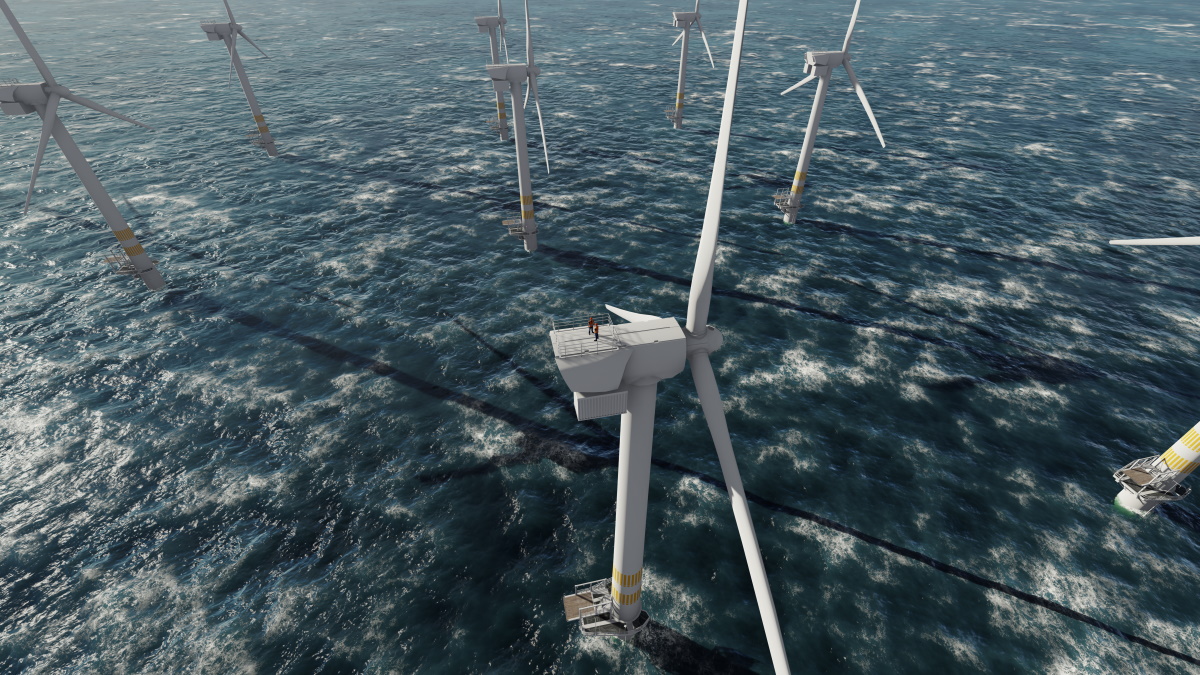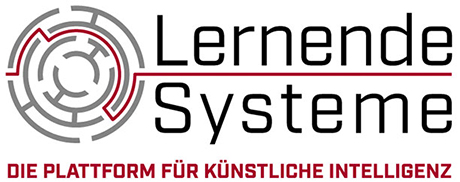ALICE III - Making optimal use of wind energy
The wind is blowing continuously, the rotor blades are circling evenly in the air in continuous rain, the turbines are humming. In this stormy weather situation, a lot of electricity is being produced at the moment. In the North Sea, wind power generation has played an important role for decades. In the ALICE III research project, scientists are working on how offshore wind turbines can produce green electricity even more effectively with the help of artificial intelligence (AI).

Renewable energies should help Germany achieve an energy turnaround. But to achieve this ambitious goal, wind, water and solar power must be used even more efficiently. Artificial intelligence can play a decisive role here.
In the ALICE III project, which is funded by the Federal Ministry of Education and Research, scientists are investigating how wind turbines, for example, can be made "smarter" from their own operating data. The aim: in future, turbines such as offshore wind farms should be able to adapt themselves optimally to changing environmental and load conditions with the help of AI.
Countless measurement data feed the AI
Operating data of wind turbines play a decisive role for the AI. These include oscillations, vibrations, wind speeds, temperatures and alignment angles of the rotors. "More than 100 different parameters come together. However, up to now, the data has primarily been used for monitoring faults", explains ALICE III researcher Andreas Ziehe from the TU Berlin. In wind farms, for example, all this information is recorded several times a minute by sensors on the wind turbines.
Researchers from the TU Berlin and Siemens AG are now developing algorithms that help to optimize the control processes of wind turbines. For example, air vortices that occur between the wind turbines are to be automatically reduced so that more electricity can be produced. The researchers are using machine learning methods and classical simulations to achieve this.
Full transparency of the calculation paths
A further goal of ALICE III is to make the arithmetic operations of the AI comprehensible and transparent. Solutions should be traceable step by step. "We do not want black-box solutions where nobody knows how they came about", explains project manager Volkmar Sterzing from Siemens AG, who coordinates the project.
The special feature of the ALICE-III research project: Industrial data is used to test the methods developed, which enable information to be traced back from the abstract solution space of machine learning models to an interpretable, physical-technical representation. This is ensured by the connection of the project partners - the TU Berlin as research institution and Idalab GmbH and Siemens as industrial partners.
Application facts
Human-Computer Interaction and Assistance Systems
Robotics and Autonomous Systems
- Intelligent Assistance SystemsIntelligent AutomationKnowledge Management
Operational/Strategic Planning
Siemens AG
Large Enterprise
Website
Technische Universität Berlin
idalab GmbH
